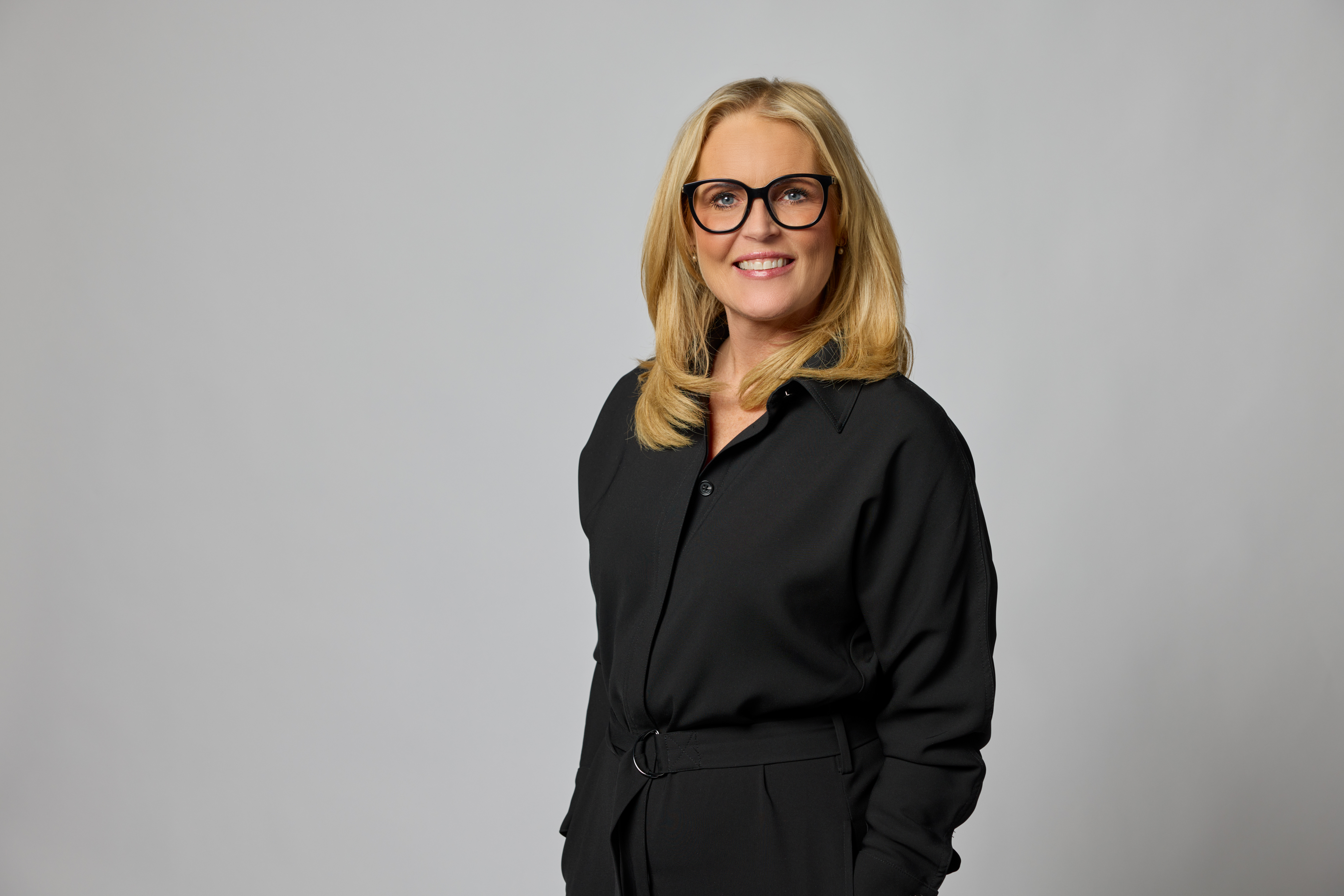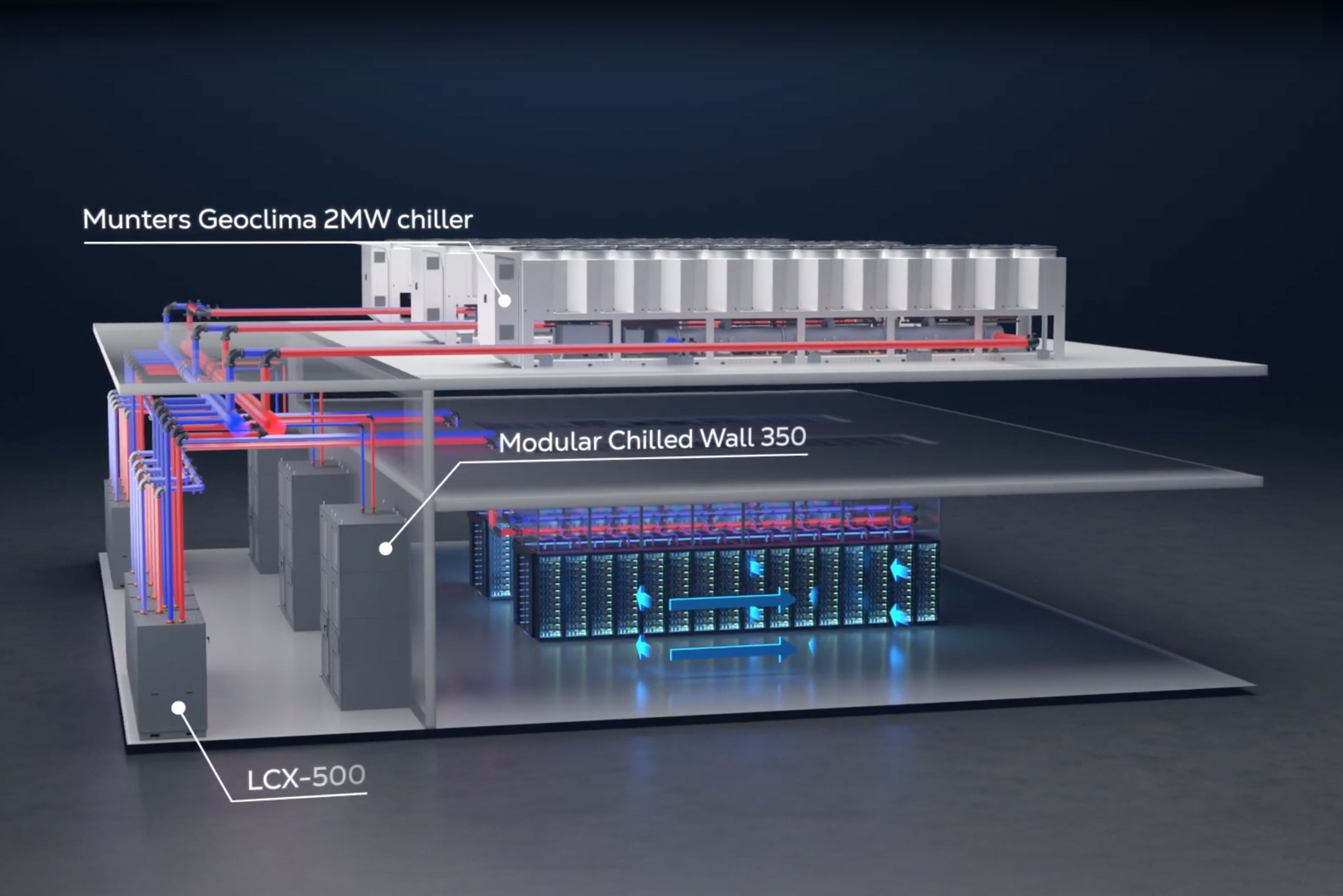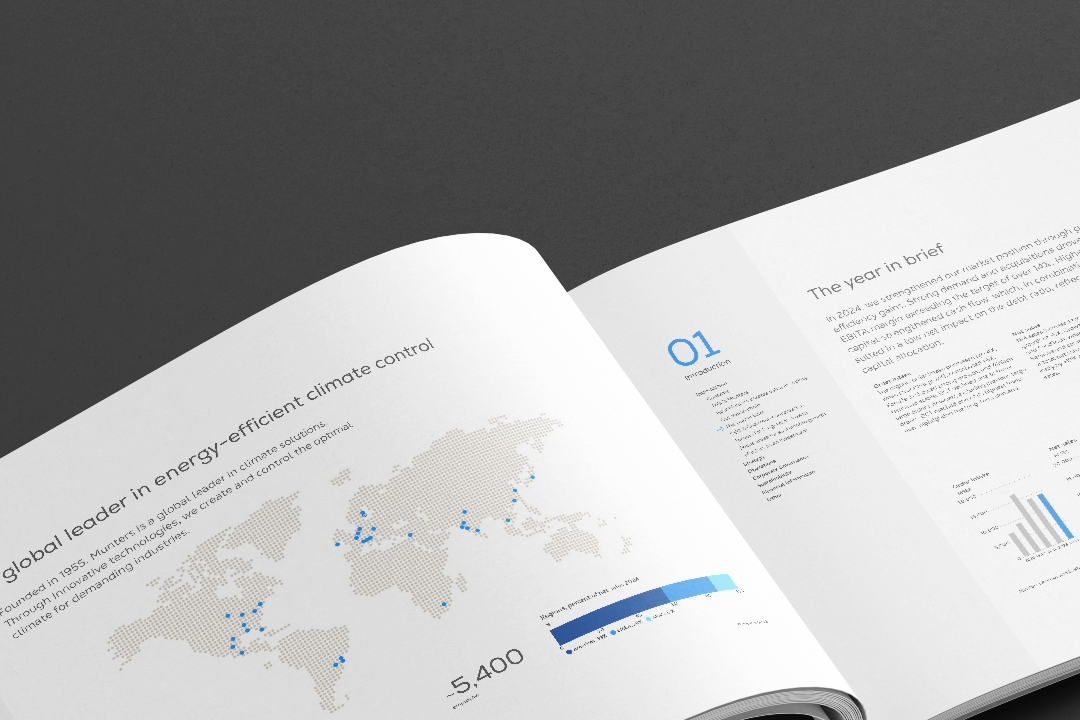
Munters transforms the food supply chain with data and AI
Feb 10, 2025
Imagine the day when you can walk into a supermarket and get all the information you want about the food you buy. This vision is becoming a reality thanks to data and AI.
We sat down with Pia Brantgärde Linder, President of FoodTech at Munters, to discuss how she and her team are tirelessly working to connect every part of the food supply chain to make it more efficient, resilient, and sustainable.
What challenges are the food industry currently facing?
The global food industry is grappling with massive challenges such as population growth, climate change, and increased regulations. The food supply chain is also highly inefficient and disproportionate.
To put it in perspective, more than 800 million people go to bed hungry every night, while around one-third of all food produced globally—1.3 billion tons—is lost or wasted annually, resulting in approximately $500 billion in economic losses.
The food supply chain is broken, and to make it more responsible and just, we must fix how we farm and produce food.
How can digital solutions help address these challenges?
We believe the solution lies in harnessing the power of data.
By connecting the entire value chain using IoTs, sensors, and controllers, we can address a host of issues—from animal welfare and waste to biosecurity and traceability.
For the last four years, we have been in a situation that many companies only dream of: building a new business model from scratch with best-in-class software and controller equipment from across the world.
That means we now have a comprehensive portfolio of digital tools that allows our customers to monitor what happens on their farms.
To give you an example, the data we collect from farms enables food producers to adjust feed and monitor the health of animals, predicting disease outbreaks several days in advance and reducing the need for antibiotics.
Ultimately, our vision is for every step of the supply chain to be fully connected, so that when consumers choose which chicken to buy, they have access to all the information they need to make a conscious decision.
What strategy will you use to get there?
Our strategy is to expand our offering within existing markets (e.g., poultry) and replicate our success in new areas (e.g., aqua farming). By building a digital ecosystem around data capturing and analysis, we also hope to attract the right tech partners.
Over the past few years, we have been busy acquiring several companies that have a crucial role in building a comprehensive portfolio that we can be proud of.
In 2023, we made a minority investment in FarmSee, a leader in advanced computer vision and AI for the swine industry, and acquired a majority share in InoBram, a Brazilian manufacturer of climate controllers for farms and food producers.
In 2024, AEI, a specialist in controllers and software for the layer industry, together with Hotraco, a provider of controllers with a strong footprint in EMEA, joined our family. During the same year, we also acquired a minority share in AgriWebb, a cloud-based software solution provider serving the livestock industry.
Step by step, we are creating a digital ecosystem to connect the entire value chain, from farm to fork.
Can you give an example of how data is used to improve the food supply chain?
Absolutely. One of the most exciting applications of our technology is in predictive analytics. For example, by analyzing data from sensors on farms, we can predict disease outbreaks several days before they occur. This allows farmers to take preventive measures, reducing the need for antibiotics and improving animal welfare. Our systems can also optimize feed based on real-time data, ensuring animals receive the right nutrition at the right time, which enhances growth rates and reduces waste.
How many farms are currently using your software?
Currently, 100,000 farms worldwide are equipped with our software. We aim to make it as easy as possible for food producers and farmers to use our services.
Installing our software is straightforward: as long as you have our controllers, it’s just one click to connect them to the internet. Every user gets a mobile app, and through APIs, we push data from the controller to our software that translates it into comprehensible information.
This ease of use is crucial because farmers are not engineers; they need intuitive tools that provide useful information and are easy to access and configure.
What is the market potential for these types of digital solutions?
Since we are creating a new market, the growth potential very much depends on our customers’ ability to transition to a data-driven and connected operation.
What’s encouraging to see is that many food producers see the benefit of this and ask for our guidance and support in integrating digital tools into their operations. Earlier this year, we carried out a historic software roll-out at one of the world’s largest food producers. The project involved training 650 of the customer’s employees at 34 sites across the US.
Personally, I’m very excited about what we have created so far, and with the expertise and know-how we now possess, I believe we have a great and prosperous future ahead.
Learn more about how Munters is supporting the food supply chain with digital tools.

16172-en-pia_brantg%C3%A4rde_linder_foodtech.webp


